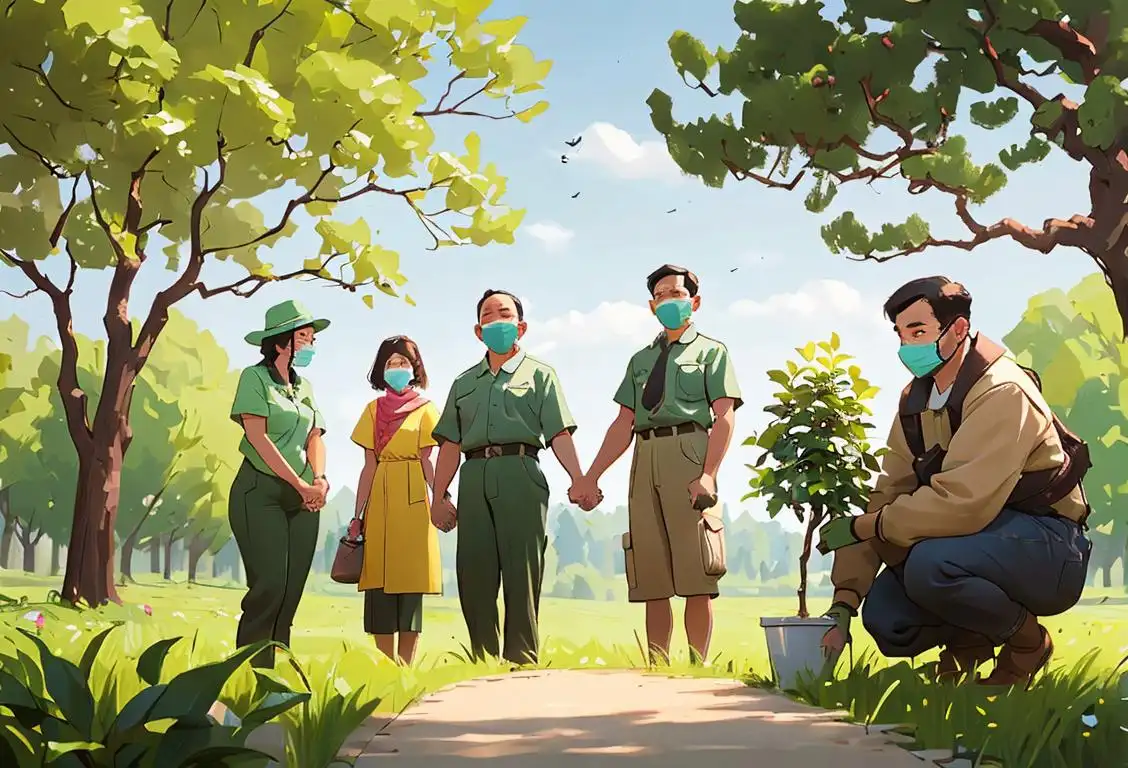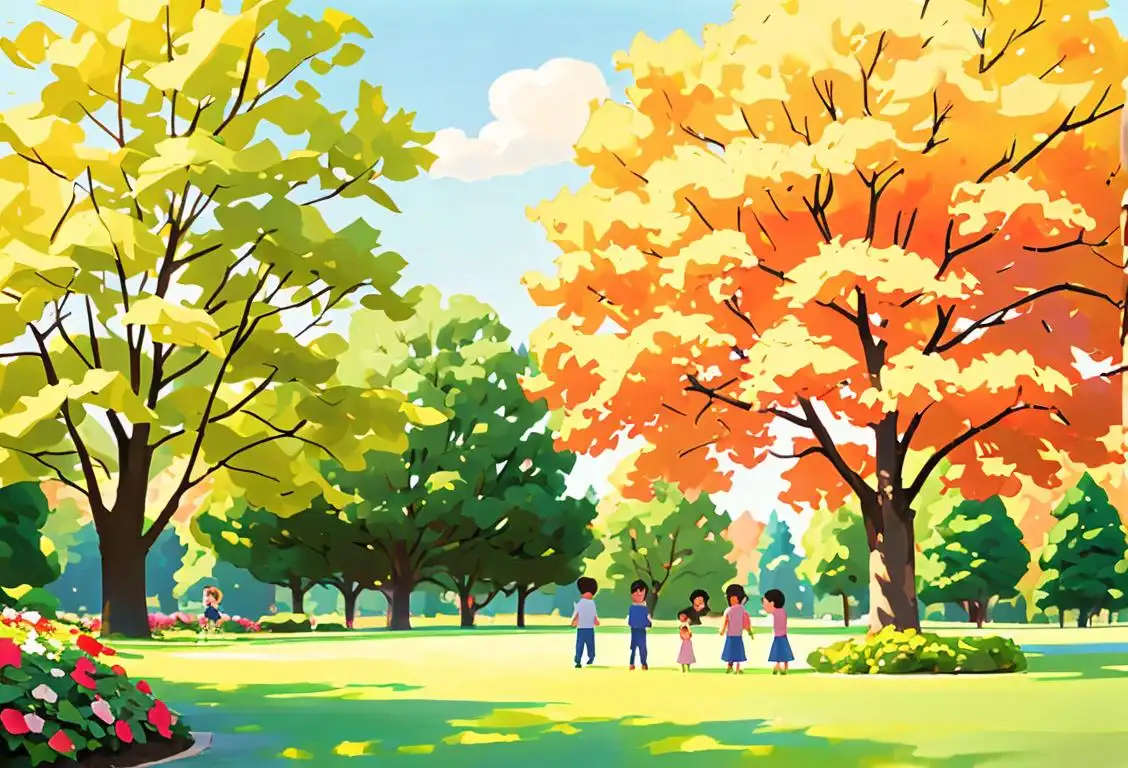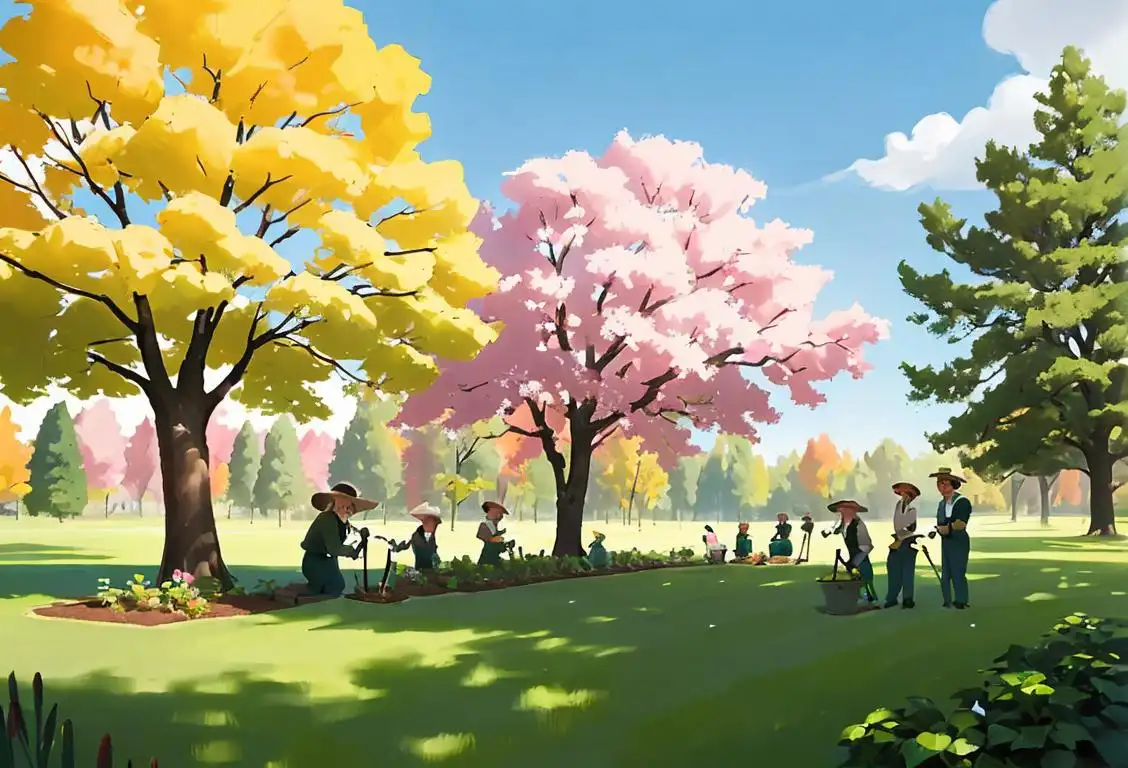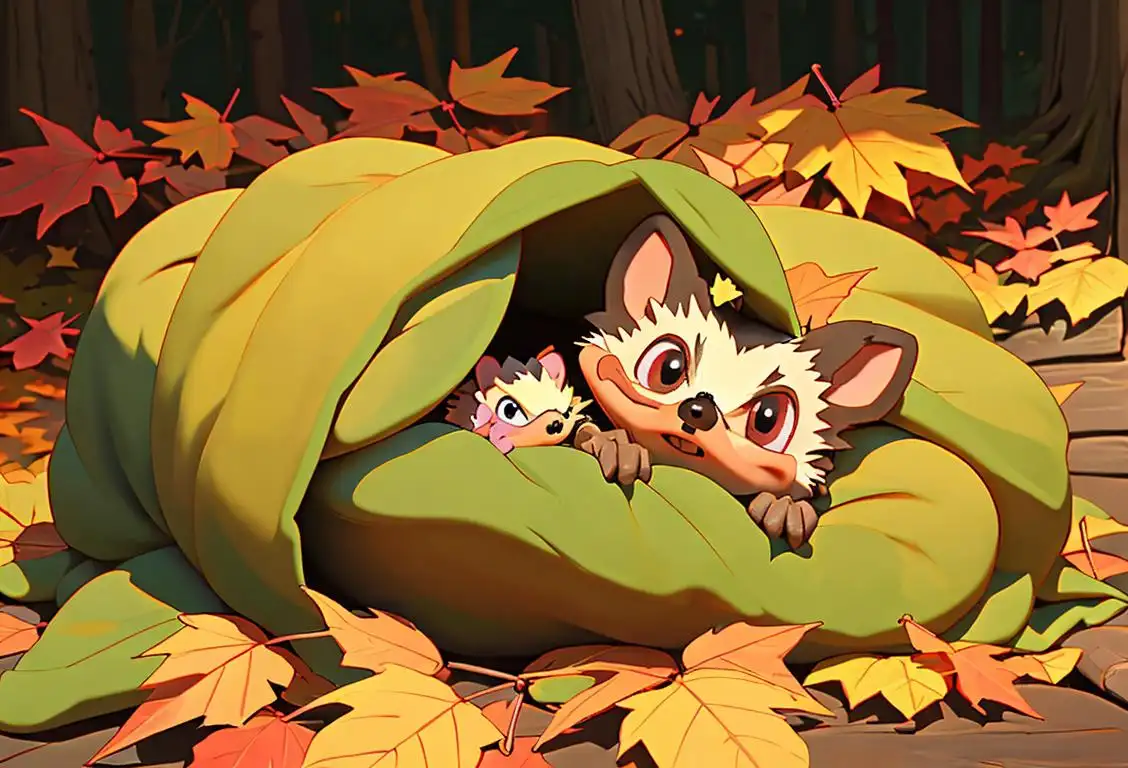National Plant Something Day
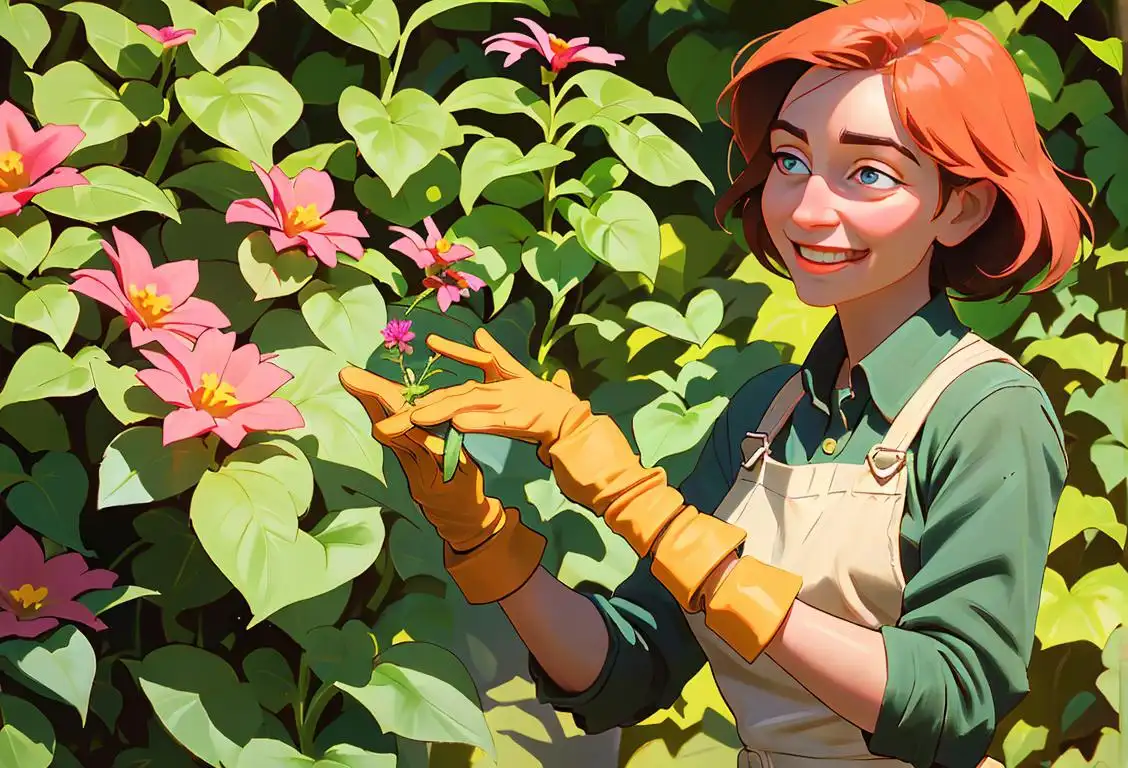
Hello there, fellow plant enthusiasts! Get ready to embrace your green thumbs because National Plant Something Day is here! Prepare to dig, sow, and grow as you celebrate the wonders of the plant kingdom. Whether you're an experienced gardener or just starting out, this special day is all about celebrating the joy and benefits of planting. So, grab your gardening gloves and let the planting party begin!
When is Plant Something Day?
It's national plant something day on the 3rd June.
The Internet History of National Plant Something Day
Although National Plant Something Day may have originated in the physical world, the internet has helped spread awareness and enthusiasm for this green-fingered occasion.
Back in the day, people would gather in local communities on the first Friday of May to celebrate the joy of planting. Gardening enthusiasts would gather at the town square, armed with colorful flowers, seeds, and shovels. They would laugh, chat, and share gardening tips while transforming the neighborhood with their green creations.
But as the internet grew, so did the reach of National Plant Something Day. Gardening blogs and websites sprung up like daisies, sharing knowledge and inspiration with eager plant lovers around the world. Online communities formed, allowing enthusiasts to exchange gardening tips, troubleshoot plant problems, and showcase their flourishing gardens. From virtual garden tours to live planting demonstrations, the internet has become a verdant paradise for plant lovers.
How to Celebrate National Plant Something Day
Ready to get your hands dirty on this glorious day? Here are some fun and creative ways to celebrate National Plant Something Day:
- Plant a tree: Make a lasting impact on the environment by planting a tree. Choose a sturdy sapling, find a suitable spot in your yard or community, and watch it grow for years to come.
- Start a vegetable garden: Embrace your inner farmer and grow your own food. Plant some tomatoes, cucumbers, or herbs in raised beds or containers. Not only will you enjoy fresh produce, but you'll also save a few bucks at the grocery store.
- Create a colorful flower bed: Brighten up your surroundings by planting a vibrant flower bed. Choose a variety of annuals and perennials that bloom at different times to ensure a continuous burst of color throughout the year.
Did You Know?
Did you know that indoor plants can improve air quality? They act as natural air purifiers by removing toxins and emitting oxygen. So, not only do they look beautiful, but they also help keep your home fresh and clean!
History behind the term 'Plant Something'
3000 BC
The Birth of Agriculture
In the fertile lands of Mesopotamia, the ancient Sumerians began practicing agriculture around 3000 BC. This marked the birth of organized farming and cultivation on a large scale, as people learned to plant seeds and cultivate crops for their sustenance. The Sumerians invented simple wooden plows and irrigation systems, revolutionizing the way people interacted with the land.
1000 AD
Medieval Herb Gardens
During medieval times, herb gardens rose to prominence across Europe. These gardens were meticulously designed and cultivated by monks and herbalists, who recognized the medicinal and culinary value of various plants. They meticulously documented their knowledge and created beautiful gardens filled with aromatic plants such as lavender, rosemary, and chamomile. The practice of planting herbs for both culinary and medicinal purposes spread rapidly throughout Europe.
1492
The Columbian Exchange
The arrival of Christopher Columbus in the New World in 1492 initiated the Columbian Exchange. This global exchange of plants, animals, and diseases had a profound impact on agriculture and altered the way people cultivated their lands. Europeans introduced crops like corn, tomatoes, potatoes, and various spices to the Americas, while Native Americans shared plants such as tobacco, beans, and squash with the Old World. The introduction of these new crops revolutionized the agricultural practices in both hemispheres.
19th Century
The Rise of Industrial Agriculture
With the advent of the Industrial Revolution in the 19th century, agriculture underwent a major transformation. The mechanization of farming, improved transportation, and increased access to fertilizers and pesticides led to significant advancements in crop production. Large-scale farms emerged, and the concept of monoculture became prevalent. Farmers began planting vast tracts of land with a single crop, maximizing efficiency but also raising concerns about biodiversity and sustainability.
20th Century
The Green Revolution
In the mid-20th century, the Green Revolution emerged as a global movement to combat food scarcity. Scientists developed innovative farming techniques, including the use of high-yielding crop varieties, synthetic fertilizers, and advanced irrigation systems. These technological advancements significantly increased agricultural productivity, helping to feed the growing global population. However, the intensive use of chemicals and the focus on productivity often led to environmental degradation and reduced biodiversity.
Modern Times
The Rise of Sustainable Agriculture
In recent decades, there has been a growing awareness of the environmental impacts of industrial agriculture. As a result, sustainable and organic farming practices have gained momentum. People today are increasingly interested in planting their own gardens, growing organic produce, and participating in community-supported agriculture. The desire to reconnect with the earth and promote biodiversity has led to an upsurge in the 'plant something' movement, where individuals are encouraged to plant trees, flowers, and vegetables to create a greener and more sustainable future.
Did you know?
Did you know that indoor plants can improve air quality? They act as natural air purifiers by removing toxins and emitting oxygen. So, not only do they look beautiful, but they also help keep your home fresh and clean!Tagged
awareness fun gardening environmentFirst identified
20th May 2017Most mentioned on
3rd June 2017Total mentions
9Other days
Plant Something Day
Pollution Control Day
Public Lands Day
Energy Conservation Day
Penguin Day
Earth Day
Arbor Day
Bike To Work Day
Tree Planting Day
Hedgehog Day
